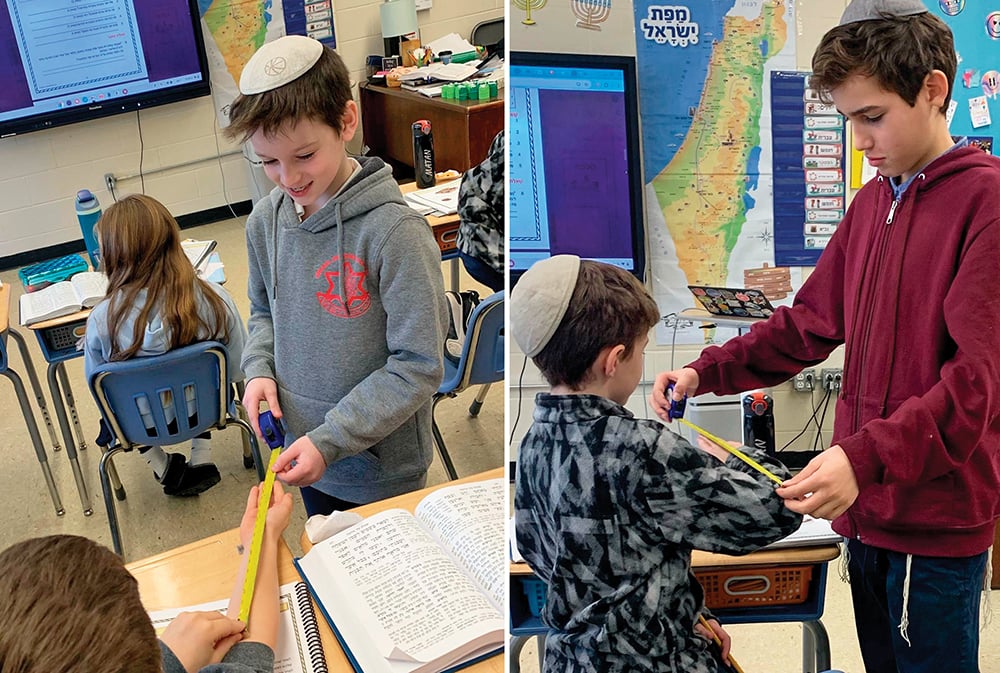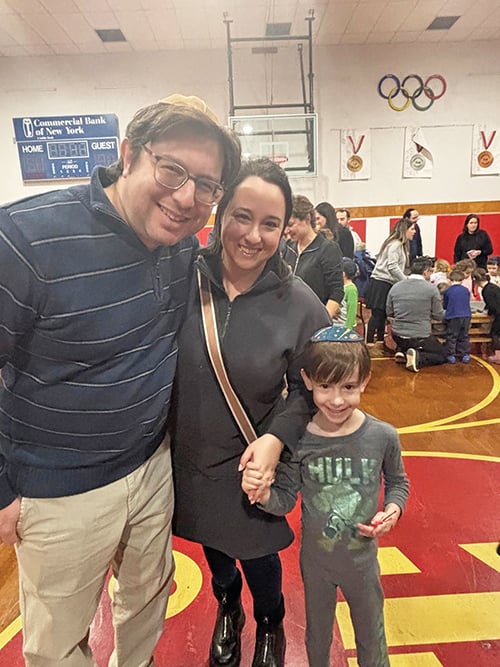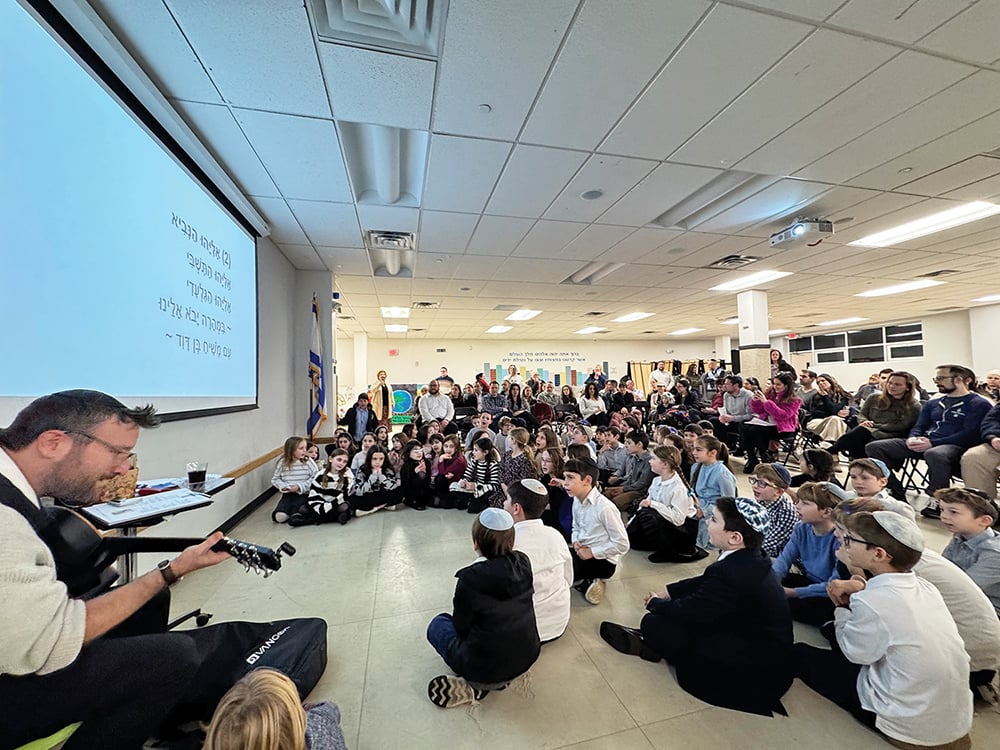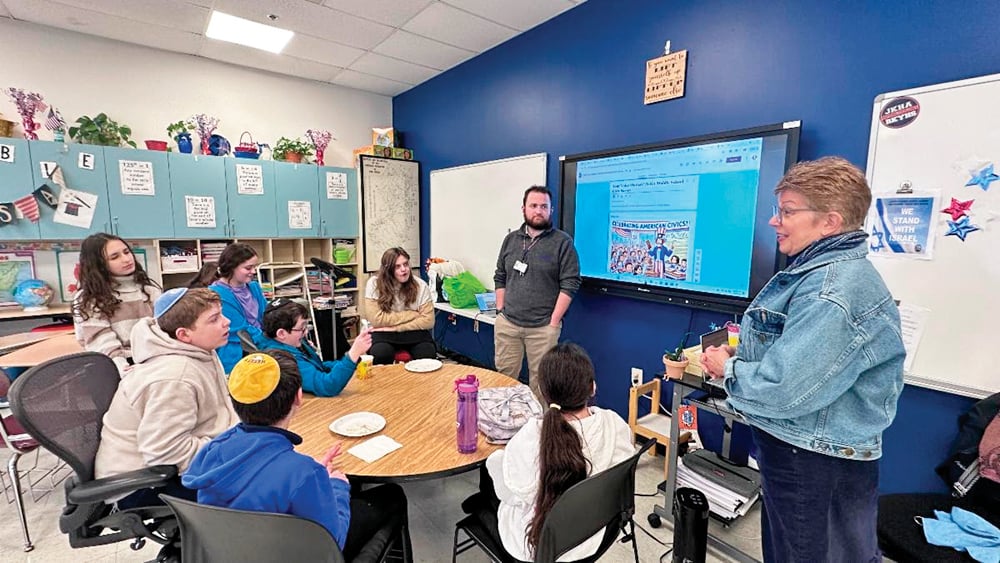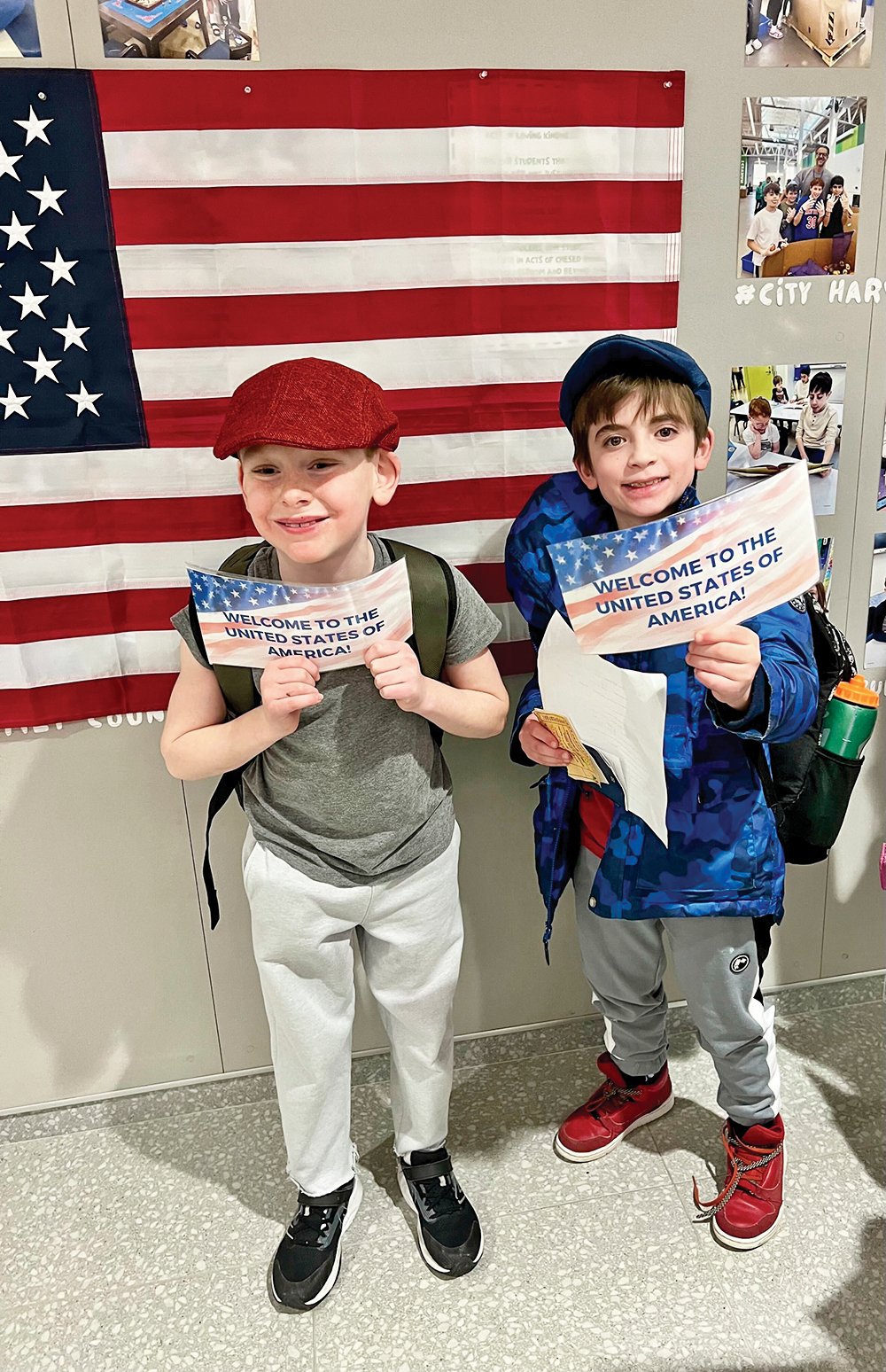

Just a few more steps … just a few more steps and I will face my savior(s). Just a few more steps and I will have the opportunity to stand before all those who helped me (with medication, with therapy, with תפילה, with מצוות, with care and compassion) to voice my appreciation. Just a few more steps and I will face the decision makers of life and death.
Last year, ראש השנה, I was asked to daven for the עמוד, on behalf of and in front of my community, having never done it before. While it was always an aspiration of mine, this task would be especially difficult, as I recently became deaf in my left ear. My only way to detect key, tone and volume was with my right ear. Nevertheless, the person who asked me (Dr. Joey Shatzkes) deserved all I had to give him.
And so, I took my three steps forward and began חזרת הש״ץ. This encounter at the עמוד was different than any other time. That ראש השנה was different than every other year. That ראש השנה, I had an opportunity to daven on behalf of my community, the community who davened on my behalf for 32 days. The community who charged the gates of שמים on my behalf and beseeched ה׳ to allow me to live. It was now my job, as their שליח צבור to do the same.
My legs were shaking, I was sweating (it was hot that day), and my heart was beating out my chest. As I began, my voice was shaky and my stamina was not so great, but I did it. I stood in front of my community, in front of ה׳ and I thanked Him with heartfelt words and tunes, and I begged him, with the most sincere words and tunes, to maintain the well-being of the entire קהילה. I stood there, vulnerable and terrified, and presented ה׳ with the only gift I could—a beautiful (at least that’s what I’m told) תפילה. I cannot help but wonder if it was accepted by ה׳, or if חס ושלום, there is more pain and suffering to come.
Last week, my wife and I (reluctantly) embarked on a mission to thank the angels sent from ה׳ who helped save my life at Hackensack University Medical Center. As we walked through the hospital, I could hear the beeps that gave me flashbacks to my time spent there. And as we were led through the building, and got closer to the terrace door, I kept thinking, “Just a few more steps.” My legs were shaking, I was sweating (it was a hot day), and my heart was pounding. I stepped out onto the patio, where our reunion was taking place. The ambient noise quickly turned to applause, and suddenly, I felt the enormity of what was about to take place. I begged the doctors and nurses to stop clapping, saying that today was about them, not about me.
Once there was quiet, my voice began to shake as I gave an extemporaneous speech (which I was told wouldn’t be necessary) thanking each and every nurse, doctor and administrator for their quick decision making and confidence in medicine that helped keep me alive, in a coma, for 22 days. Their job was not easy. From what I’ve been told, I was challenging at times (which, for those who know me, know that’s me on my best behavior), but I was their youngest long-term case of COVID. And while the symptoms I experienced are now considered known for COVID, they were not known then.
Elana (my wife) and I presented the hospital with an artist’s portrayal of a coronavirus cell, full of vibrant colors, reminiscent of an imaginative, colorful cloud full of hope and life. As it was meant to be, this portrayal is the exact opposite of how the coronavirus cell is depicted in the media—full of fear and hopelessness. As we presented the piece of art, we explained that we wanted to change the narrative and help people understand that miracles can happen, and that those working at HUMC are miracle workers, sent by ה׳. It was for that reason that we included an inscription on the bottom: “He who saves a life, is as if he saved an entire world” from Mishnat Sanhedrin 4:9.
The president of the hospital, Mark Sparta, told us privately that this was the first time anyone from the COVID medical intensive care unit returned to show appreciation and gratitude. In fact, many of the nurses told us that during the height of COVID, they had to put their emotions and psychological feelings aside, and focus on the patients more than themselves. Only now are they able to come to grips with everything that happened. But they shared that seeing a patient who was so sick return to the hospital, walking on his own two feet, gave them hope that their efforts meant something.
These two life-changing moments can be equated, in my eyes.
הכרת הטוב is, of course, owed to ה׳ on a daily basis. But ultimately, the true הכרת הטוב to ה׳ takes place during the ימים נוראים for granting us another year of life, and it is our duty to request another year via our good deeds and תפילה that show we are worthy of His mercy, via אהבת ה׳ & יראת ה׳.
On the other hand, while we understand that doctors, on a fairly regular basis, save lives, how often do we show appreciation? How often, before COVID, did medical personnel receive the appreciation of the public and corporations? While it took me a pandemic to realize this, I am hoping that sharing my experiences publicly will invoke and inspire others to show appreciation whenever possible—just a few more steps to show an “attitude of gratitude.”



